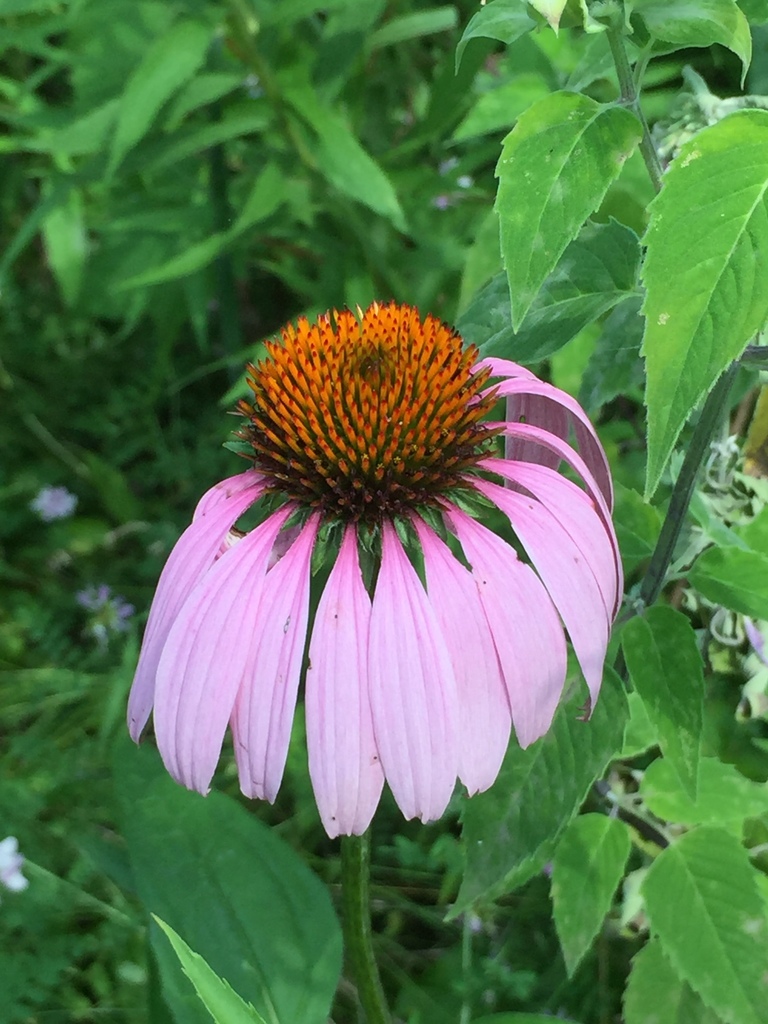Our spring newsmagazine featured Cliff’s top ten hidden gems of birding. Here is the ninth of a blog series on these birds, by guest blogger Ed Pope.
The Tennessee warbler appears in Indiana only as a transient. It breeds in Canada and in the northern portions of some states along the U.S.-Canada border. During the winter, it inhabits southern Mexico, Central America and the northernmost part of South America. In Indiana, you are most likely to see this bird during April/May and September/October.
You may be wondering how this warbler got its name, since it doesn’t spend much time in Tennessee. Ornithologist Alexander Wilson first named the species from a specimen found in Tennessee. (Though born in Scotland, Wilson became known as the “Father of American ornithology.” If you have hiked trail 4 of Spring Mill State Park, you might have encountered a monument to him along the way.)
The Tennessee warbler is smaller than a goldfinch. It has a short tail and a thin bill. Breeding males have greenish yellow backs and tails. The head is mostly gray, and there is a black stripe that aligns with the eye and bill. Its underside is white. Females look similar to breeding males, but have heads and undersides that are more greenish. Nonbreeding males and immature birds look similar to the female.
Tennessee warblers prefer younger coniferous or mixed forests, with some open areas for breeding. In winter they often inhabit coffee plantations and citrus groves. During migration, they can be found in many different types of wooded areas.
The diet of the Tennessee warbler consists primarily of insects and spiders, and it is especially fond of spruce budworms, a caterpillar found on balsam fir and spruce. Occasionally, there are large outbreaks of these caterpillars, which attract Tennessee warblers. During the winter, they will also feed on fruit and nectar. Unfortunately for the flowers, they pierce the flower at the base to get the nectar and bypass the pollen. This means they take the nectar but don’t assist in pollination.
Cornell Lab of Ornithology describes this bird’s distinctive song as “a rapid succession of high chips that accelerates toward the end: ticka ticka ticka ticka swit swit swit swit sisisisisisisi.”
Tennessee warblers can be found at many CILTI properties, especially during the months of April or October, including Meltzer Woods, Browning Marsh and Oliver’s Woods. Here’s a video showing them in the wild.

Ed Pope
Guest Blogger